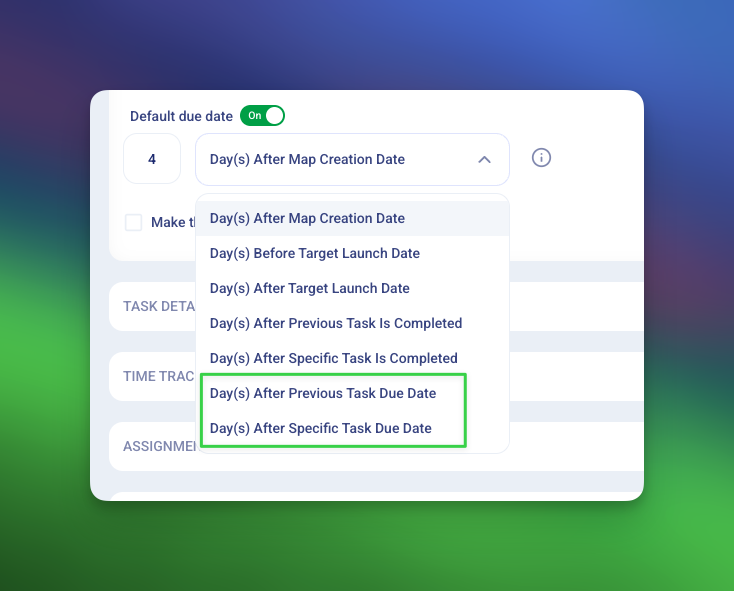Customer Onboarding Metrics: Days To Launch and Time To Value

There’s precisely one thousand two hundred and fifty three ways to measure the performance of customer onboarding. But there are two metrics in particular that absolutely—incontrovertibly—cannot be ignored: days to launch; and time to value.
Here’s why.
What is Days to Launch (and Why Should I Care?)
We define Days to Launch as the number of days between the customer signing up and being fully onboarded. Of course, “fully onboarded” is a subjective term (and a topic for another time). For the sake of simplicity, let’s say “fully onboarded” means your customer has purchased, configured, implemented, and been trained on your product. By this point, they have full access to the product and are now ready to begin using it.
Date Launched - Onboarding Start Date = Days to Launch
It’s true, not all customers are created equal, or have the same pre-launch needs. That’s what’s so nice about Days to Launch: it gives you a mean indicator of how long it’s taking to get new customers up and running. Days? Weeks or even months? As you implement changes to the process, keep an eye on Days to Launch to see if you’re moving the needle in the right direction.
What is Time To Value (and Why Customers Care About it So Much)
The second metric so worthy of scrutiny is Time to Value (TTV). Simply put TTV is the time between when a customer signs up to when they first see value from their purchase. The time it takes for your new call routing software to begin registering its first measurable impact on wait times, for example. Or the time it takes for your new account-based marketing platform to deliver its first batch of leads.

SOURCE: https://baremetrics.com/academy/time-to-value-ttv
There are many ways to define “value.” Again, there could be a million variables here. Should the start date be the trial start date? When they convert? A threshold for how much value a customer expects to see? For simplicity’s sake, let’s assume TTV refers to the time lapsed between signing up for your product to the time that customer sees meaningful and measurable impact.
The Counterintuitive Secret to Onboarding Metrics
Now that we’ve defined the metrics, let’s look at the most common error that I see: shrinkage!!! Too often, companies are dead set on shrinking Days to Launch so they can also shrink TTV. What if we told you that, in almost every case, TTV should be shorter than Days to Launch?
Here’s an example that illustrates the point. At Onboard.io, we’re focused on an average Days to Launch of seven days. That said, we’ve benchmarked our average TTV at day 2. How can that be?
You might call us lucky because of how our product works, but there was a little bit of design behind this phenomenon. A core function of Onboard.io is helping companies to organize their onboarding process, right? Coincidentally, these companies have to organize their onboarding process before they can go live. As a result, we’ve seen companies get a great deal of value in just organizing their process—even before they actually launch.
TL;DR: Create Value ASAP
As with anything in the world of onboarding, how you measure Days to Launch and TTV will depend on your product, market, and onboarding process. Yet, it all boils down to a simple principle: as a vendor, you need to find a way to give your customers a significant amount of value before they ever go live.
In some cases, it doesn’t even have to be value from the product directly. It can be the value that you and your team members bring to the table. If you have an abundance of industry knowledge, for example, and you share valuable guidance with your customer, that can be of tremendous value.
That said, we always urge against making customers do unneeded work, just so their vendors can lead them down a path to “perceived” value. It has to be fast, efficient, and measurable, sure. But it also has to be natural, and pointing to vanity metrics rarely goes over well with customers—especially during onboarding, while everybody is still getting to know each other.
Fortunately, keeping a keen eye on Days to Launch and TTV ought to do the trick.





.png)


